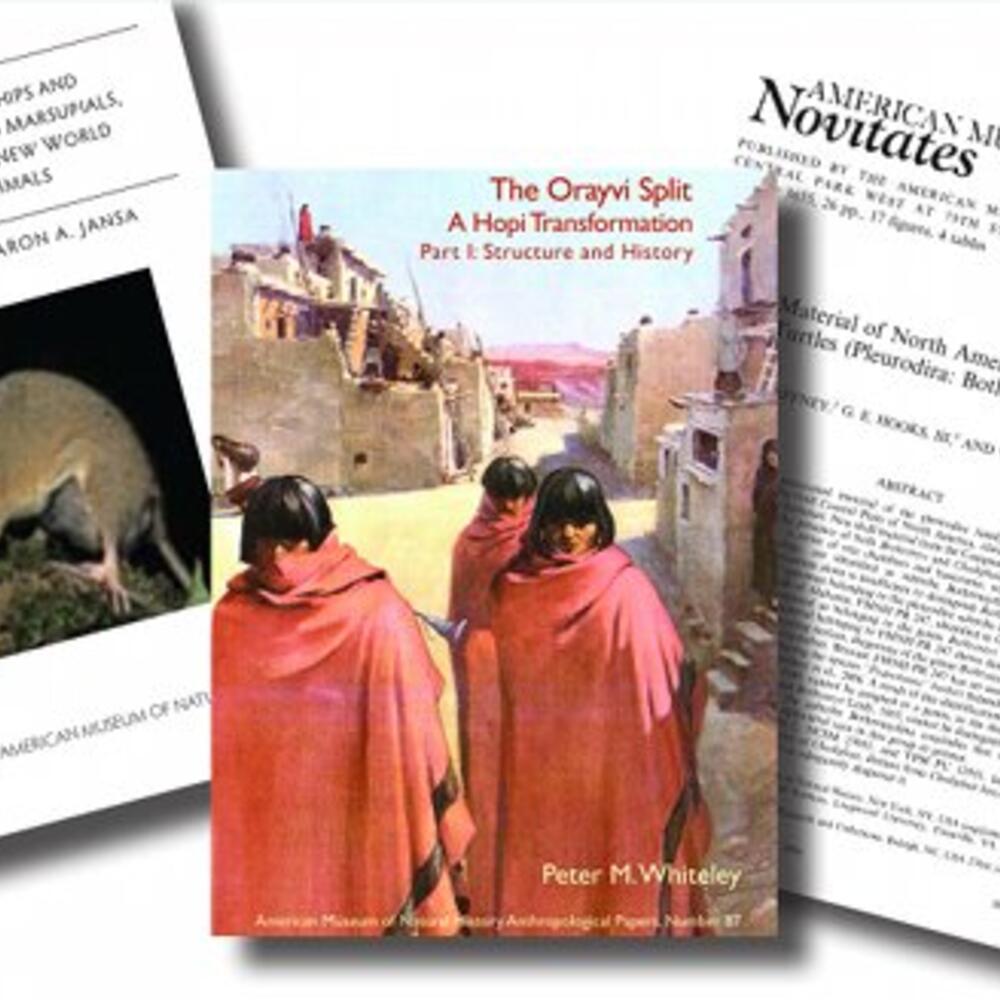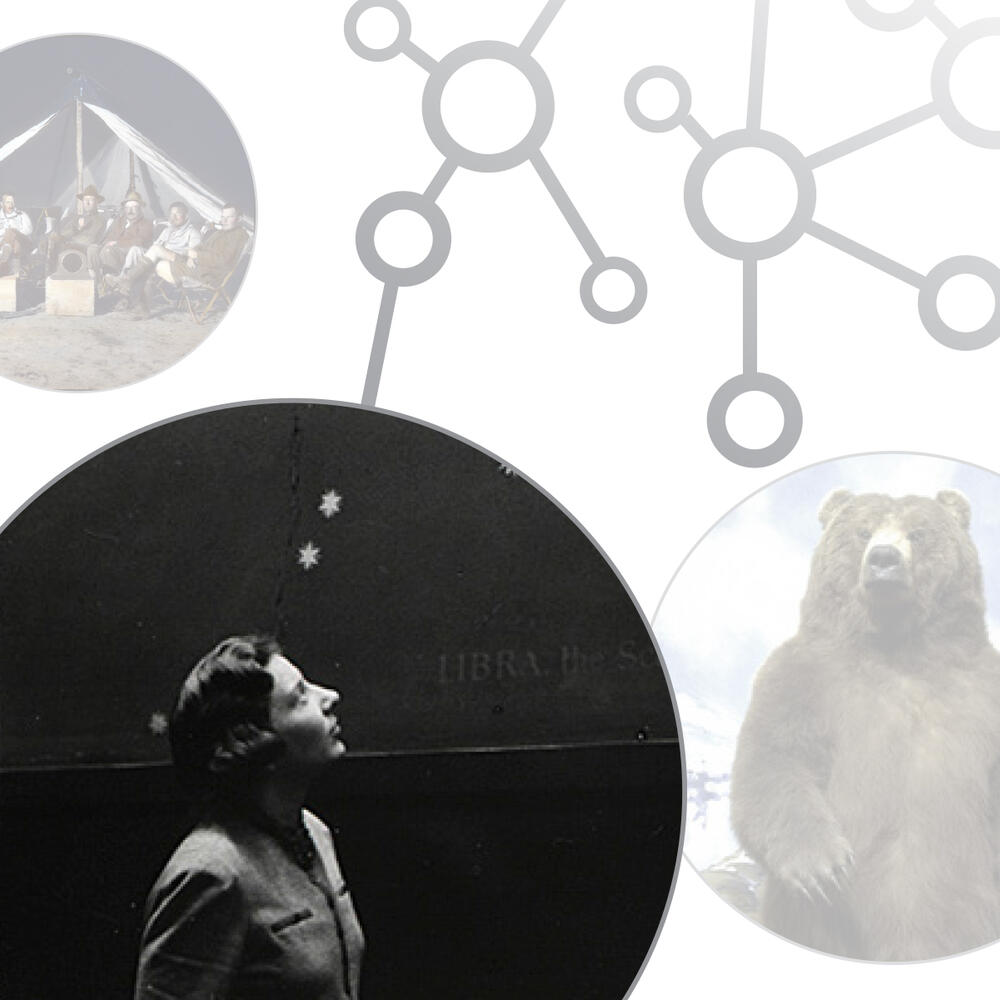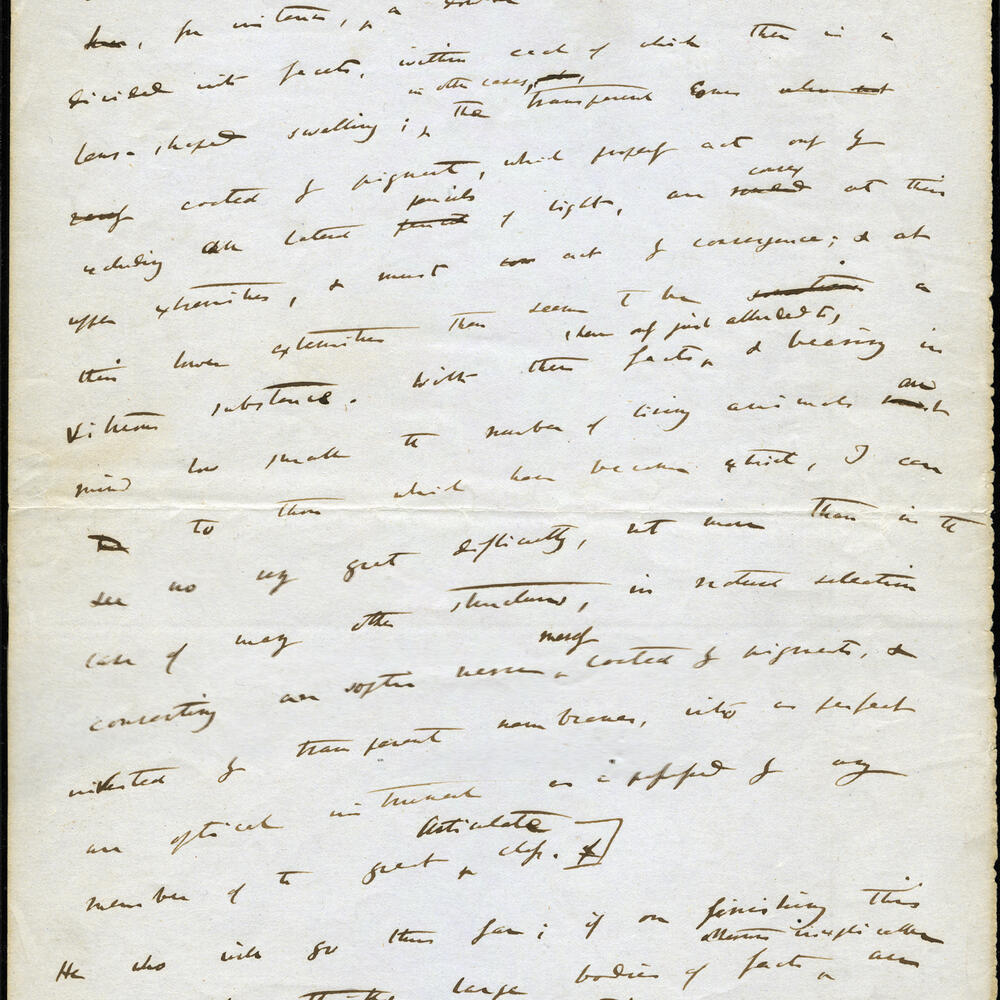Virtual Resources
We’ve assembled the following list of resources that will allow American Museum of Natural History enthusiasts and researchers alike to lead virtual expeditions into our history, collections and research. The Gottesman Research Library's staff are constantly enriching our online holdings with additional digitized content, so check back often for new resources.
Discover digital collections from the Gottesman Research Library and the Museum Archives, including: photographs, manuscripts, films, rare book plates, and more.

Search Scientific Publications, Annual Reports, lectures, field books, supplemental data, and more.

Created by Museum archivists, these illuminating descriptions of Museum expeditions, exhibitions, departments, and people are based solely on resources published by the American Museum of Natural History and serve as connecting points to resources throughout the Museum Archives. These records link to each other and to associated records throughout the Gottesman Research Library's databases, creating a rich web of relationships that provide the structure and context for the archives. This is a growing knowledge repository that is being refined and enriched over time.

The Gottesman Research Library is a founding member and regular contributor to the Biodiversity Heritage Library (BHL) global consortium of natural history, botanical, research, and national libraries. BHL improves research methodology by collaboratively making biodiversity literature openly available to the world as part of a global biodiversity community.

Formerly based in the Gottesman Research Library, The Darwin Manuscripts Project (DMP) is the world's first large collection of transcribed images of Darwin's manuscripts and notes. The DMP gratefully acknowledges the cooperation of Cambridge University Library, Down House—Darwin’s former home—and the other public and private collections that hold the original documents.
